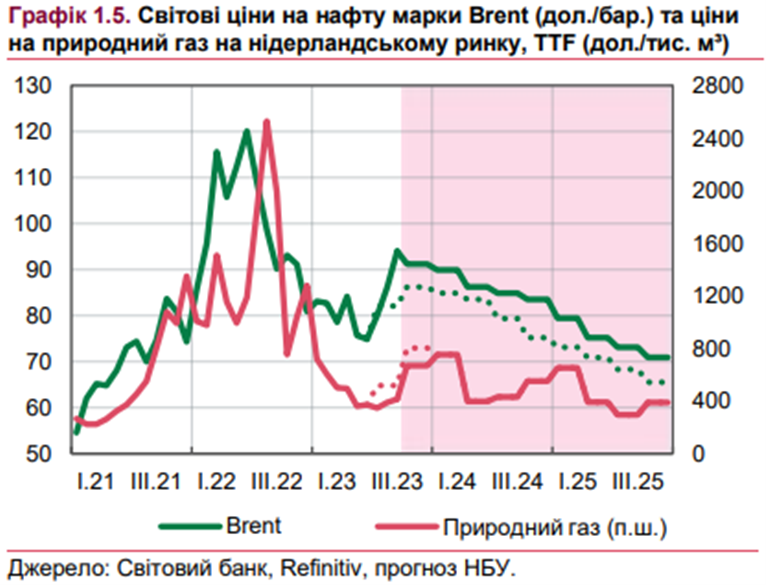Conclusion
Forecasting in the energy sector amidst geopolitical and economic turbulence poses significant challenges due to the multitude of factors influencing the market. The World Bank has identified three possible scenarios for oil prices, considering the uncertainty.
The forecasts from the National Bank of Ukraine regarding the oil market anticipate stability, considering OPEC restrictions, decisions from Saudi Arabia, and increasing demand from the United States. However, the development of extraction in the US and other countries may weaken pressure on prices. In the gas sector, a decrease in natural gas prices in Europe is expected due to increased production of liquefied natural gas in the US and African countries, as well as Russia’s orientation towards supplying to China and India.
BDO in Ukraine conclusions underscore the importance of stable economic recovery in Ukraine after the war, which will require investment and financial support. Reducing dependence on traditional sectors and utilizing modern technologies define the prospects for the recovery and development of the mining and oil refining industries.
In summary, the energy sector is subject to complex influences from various factors, and strategies in this sector must account for the uncertainty of geopolitical circumstances, economic changes, and the development of advanced technologies.
Key Contact

Tetiana Demchenko









